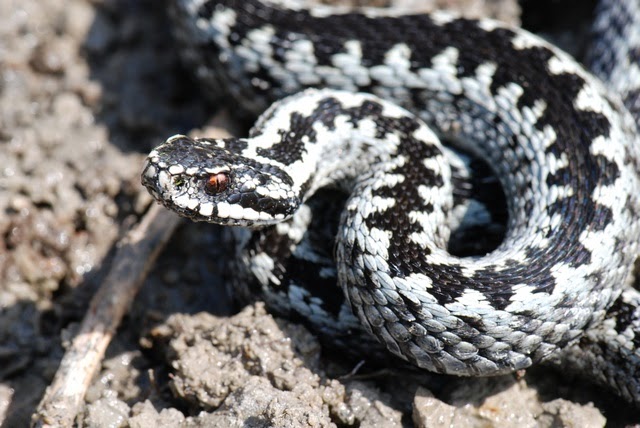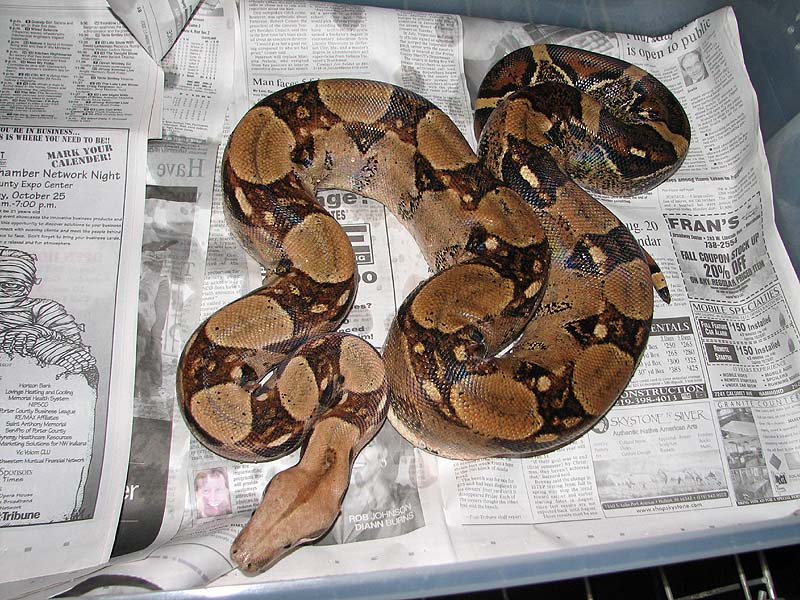In this post, I am going to be writing about what reptiles are affordable. Reptile popularity is growing at a staggering rate that allows for animals to drop in value and makes them more affordable to hobbyists and breeders. Although I strongly advise to research the animal before purchase as a cheap animal may need an expensive enclosure and also some species do become rather large. Just because a pet is affordable does not mean it is for you as some are a lifetime commitment.
What is affordable varies for everyone, this can depend on your job and or disposable income. Some people could spend thousands of pounds on a snake for a breeding project while others could only afford a hundred. For this post I am going to use £300 as the affordable figure as that is as high I would go personally unless it was for a multi gene animal.
Corn Snake
Corn snakes make an awesome starter snake as they are very forgiving for beginners. They also do not require an overly expensive setup and stay small in size. I myself have 2 corn snakes and love them dearly. They come in many phases and different colours, here is a small list of a few affordable ones.
- Carolina
- Amelanistics
- Snow
- Anerythristic
- Striped Amel
- Ghost
- Striped Anery
- Aztecs (Price Depending upon Pattern)
- Butter Motley
- Creamsicles
- Copper
- Amel Motley
- Striped Ghost
- Butter
- Opal
- Bloodred
- Anery Aztec
- Opal Motley
 |
| Striped Anery Corn Snake |
Leopard Geckos
Leopard Geckos are easy to care for and can be tamed down pretty quickly with regular handling. They stay small and don't need as much heating/lighting as other lizards. Good for beginners although you many want to be weary as they can drop their tails. The list below is only a selection of affordable morphs.
- Normal
- Raptor
- Hypo stripe tangerine
- Hypo tangerine
- Albino Tremper Mac Snow
- Creamsicle
- Blizzard
- Murphy Patternless
- Tremper Sunglow
- Jungle Sykes Emerine Outcross
- Reverse Stripe
- Blood Super Hypo Tangerine Carrot Tail
- Carrot Tail
 |
| Carrot Tail Leopard Gecko |
Other Geckos
Alternatives to leopard geckos if you're a fan of small lizards.
- Tokay Geckos (various morphs)
- Crested Geckos (various morphs)
- House Geckos (various morphs)
- Gargoyle Geckos
- Fan-footed Geckos
Large Lizards
For those who like larger lizards.
- Bosc Monitor
- Nile Monitor
- Green Iguana
- Asian Water Monitor
Tortoises
Be aware that these can live for a long time and may require large enclosures and specific husbandry needs.
- Hermann Tortoise
- Red Foot Tortoise
- Horsefield Tortoise
- Leopard Tortoise
Royal Pythons
One of my favourite types of snake are ball pythons I love their temperament and the fact that they stay small. Bear in mind that they can be fussy eaters and can go off food for very long periods of time, you need to be quite patient to work with them. Below is a very small list of affordable royal pythons as there are thousands of morphs to choose from and can vary from £30+.
- Pinstripe
- Spider
- Pastel
- Black Pastel
- Fire
- Mojave
- Butter
- Yellowbelly
- Bumblebee
- Normal
- Orange Ghost
- Enchi
- Lesser
- Black Back
- Black Back Pastel
- Lemon
- Cinnamon
- Flame
- Various Hets
- Platinum
- Vanilla
 |
| Pinstripe Royal Python |
Others
- Boa Constrictors (various morphs)
- Dwarf Boas (various morphs)
- Burmese Pythons (various morphs)
- Reticulated Pythons (various morphs)
- Chameleons (various)
- Bull Snakes (various morphs)
- Rat Snakes (various morphs)
I am reluctant to mention bearded dragons and their morphs in this post because they are so overbred and the value of them has diminished.
When it comes to buying a reptile, it is a good idea to shop around as everywhere has different prices. Having a look in your local reptile shop is a good place to start, followed by contacting local breeders and even going to reptile expos. At the end of the day, it's about how much that animal is worth to you.










































